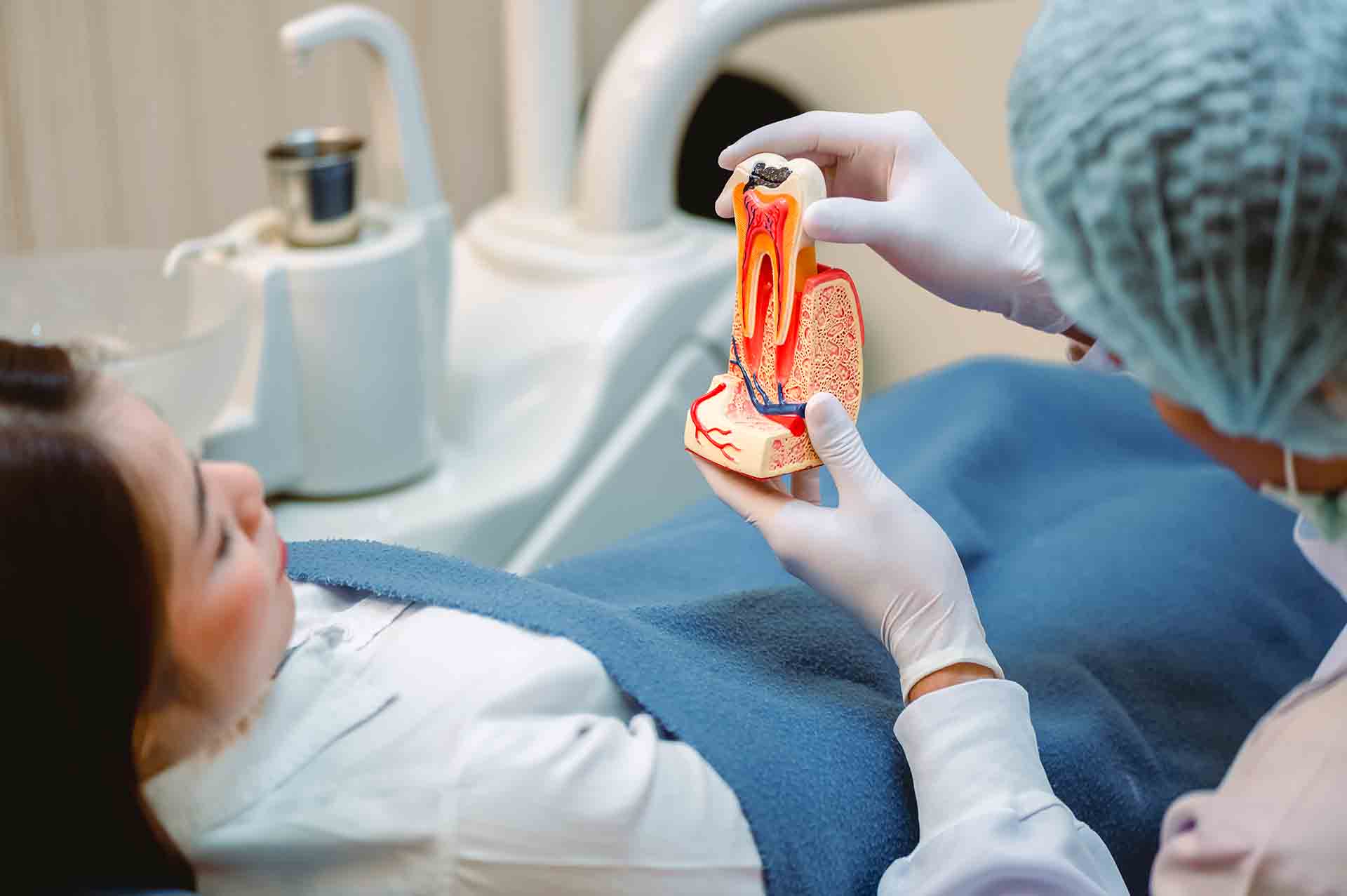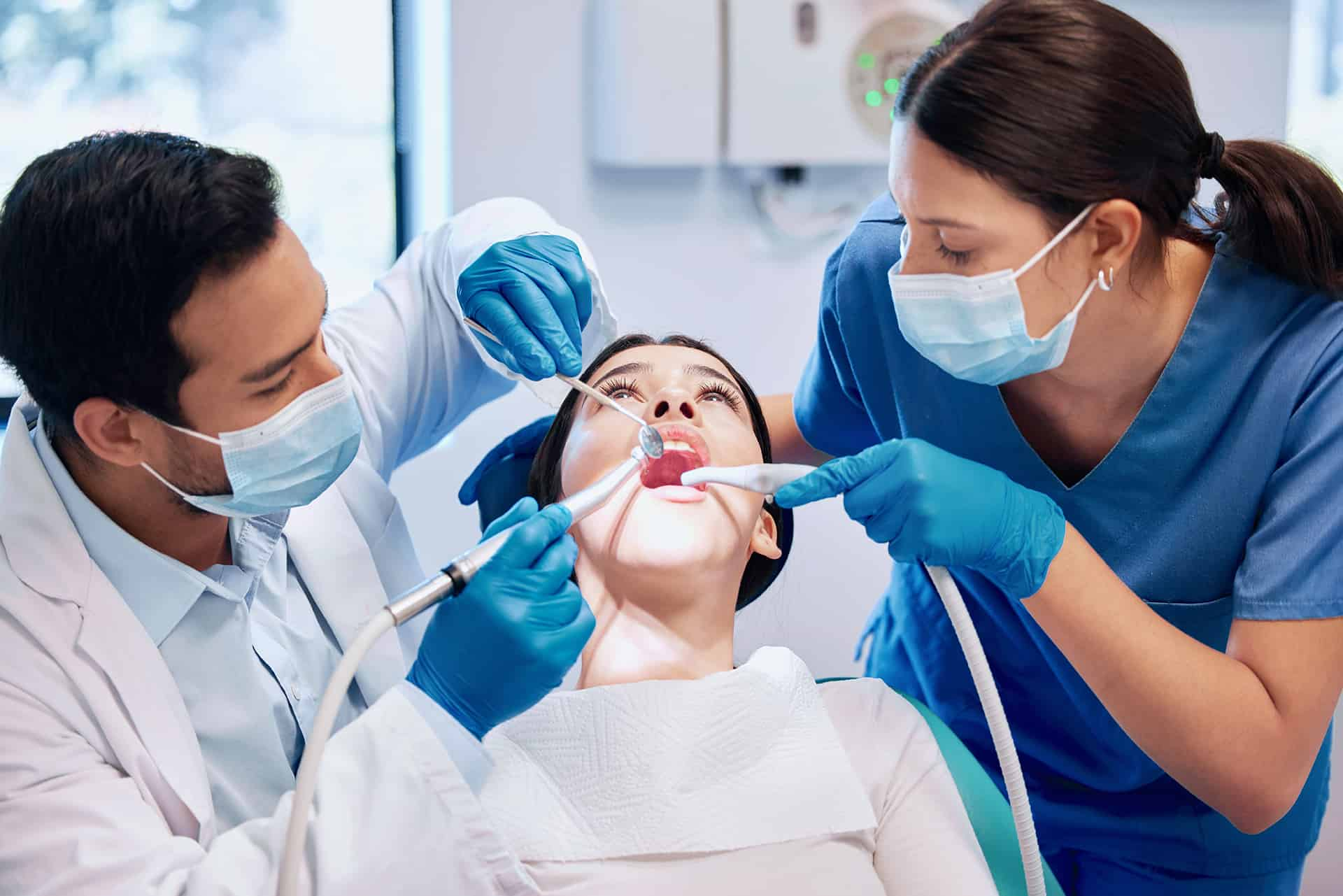
Can I Eat After Dental Filling? Your Complete Aftercare Guide
June 2025
Biting into your favorite snack after a dental appointment? Hold on.
That fresh filling in your tooth might not be ready for crunch time just yet.
Every year, millions of people get dental fillings often without knowing what to do (or not do) after leaving the clinic. If you're staring at your plate wondering “Can I eat after dental filling?”, you're not alone. What you eat next, and when, can make a big difference in how well your tooth heals.
Let’s walk you through the do’s and don’ts of post-filling eating so you don’t bite into trouble.
What is Dental Filling?
A dental filling restores a decayed tooth by removing the damaged part and sealing it. Since teeth can’t heal on their own, fillings help prevent further decay and bring back normal function.
Types of Dental Fillings
The type of filling affects how soon can you eat after a filling?
Composite fillings, also called white fillings, are very common. They harden right away using a special light. That means you can usually eat shortly after the procedure, just be careful while your mouth is still numb.
Amalgam fillings are made from a mix of metals. These take longer to set, so dentists often recommend waiting at least 24 hours before chewing on that side of your mouth.
Knowing what kind of filling you have helps you follow the right steps and avoid problems after treatment.
How Long to Wait to Eat After Composite Filling?
If you’ve had a composite filling, the good news is you can eat right away. Dentists use a special light to harden this material instantly, which means no long wait times.
However, that doesn’t mean you can eat just anything. Right after the dental filling procedure, your mouth may still be numb. Chewing when you can’t feel your teeth might cause you to bite your tongue or cheek. It’s best to wait until the numbness fades, usually taking about 1 to 2 hours.
Stick to Soft Choices
You can eat after a white filling, but choose soft and easy-to-chew foods for the first day. Hard or crunchy snacks can put pressure on your new filling and possibly damage it.
Soft foods to eat after tooth filling include:
- Mashed potatoes
- Yogurt
- Bananas
- Boiled rice
- Scrambled eggs
Avoid cold food and beverages too, your teeth may feel sensitive to heat and cold after the treatment.
Dos and Don’ts After Tooth Filling
Dos
- Wait at least 2 hours before chewing if your mouth is numb
- Chew on the opposite side of your mouth
- Rinse gently with lukewarm salt water if there’s soreness
- Brush and floss regularly, but gently around the treating tooth
Don’ts
- Don’t eat sticky foods like caramel or gum
- Avoid very hot or cold drinks
- Skip hard foods like nuts, chips, and candy
- Don’t smoke or use straws right after the filling
These tips not only protect your filling but also help prevent triggering gum tissue irritation or further sensitivity.
Can I Drink Water After a Filling?
Absolutely! Drinking water after a filling is safe and even recommended. It keeps your mouth clean and helps rinse away food particles. Just avoid icy water which may cause discomfort if your tooth is still adjusting.
How Long After a Filling Can You Drink Tea or Coffee?
For composite fillings, it’s safe to drink tea or coffee soon after but wait until the numbness wears off. That said, dark beverages can stain new white fillings. If you can, use a straw and rinse your mouth afterward.
For amalgam fillings, dentists usually advise waiting at least 24 hours before eating or drinking anything hot. These fillings take more time to harden.
Be Kind to Your Smile After a Filling
So, can I eat after dental filling? Yes - with care. Your filling is there to restore your tooth and protect your smile, but the first few hours after treatment are key. Stick to soft foods, avoid extremes in temperature, and steer clear of sticky or hard snacks.
If you're still unsure or experiencing discomfort after your filling, don’t wait.
Schedule an appointment with the dental experts at Kokua Smiles to ensure everything is healing as it should. Our team is here to guide you every step of the way.
Most Read

Can General Dentists Do Invisalign? Everything You Should Know Before Starting Treatment
October 2025











Just In

Can General Dentists Do Invisalign? Everything You Should Know Before Starting Treatment
October 2025












